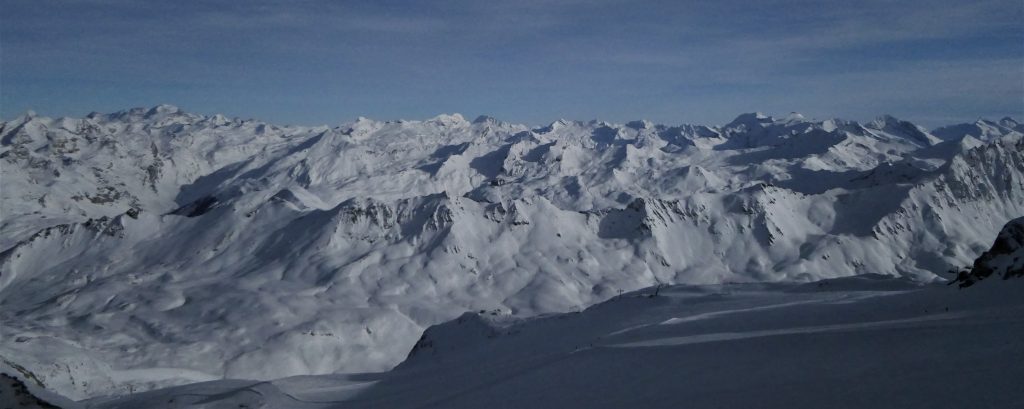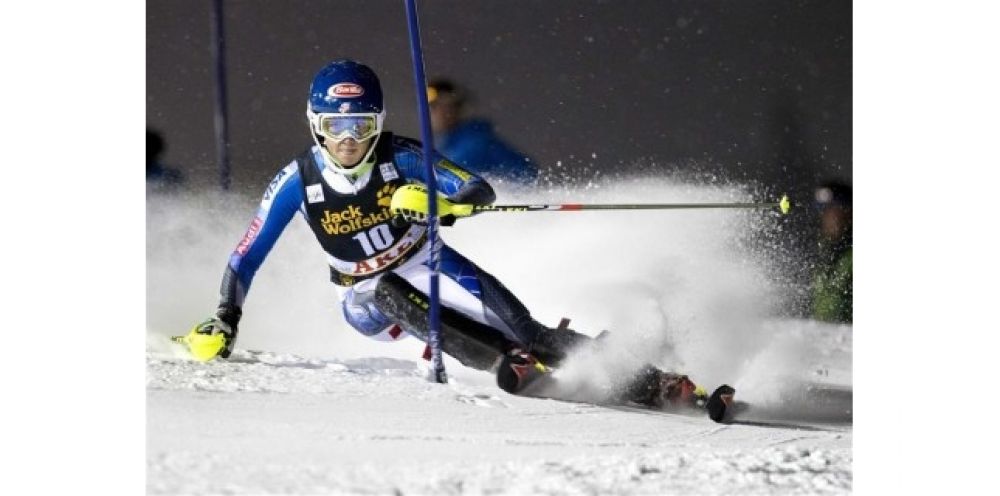Time to put the development work to the test on steep terrain. Initially the accelerations (both linear and angular) threw Alex into the backseat – but this was expected. Gradually the pieces of the puzzle were put together and Alex managed to generate some impressive runs…
Nothing is ever perfect! Slow motion shows up the struggle to keep pressure on the fronts of the skis and the tendency to stivot into a brake – especially on the “skier’s left”. However at full speed those traits are not visible. As improvement continues the braking element will diminish and more energy will be put into harnessing the accelerations instead of resisting them. The goal is to “stay forwards” – hard on the front of the ski boots and skis – but through accurate use of the Skating Transition – which enables angluation as the turn develops – along with pulling the hip back (also protecting the lower back) and especially the Double Skate – giving early and strong grounding and pressure.
The stivot and the Double Skate are almost mutually exclusive. If stivoting, make it happen from using a rebound from the whole ski by being forward.
Strive to get more familiar with the sensations of being forward and build confidence. Use the energy from the skis to get out of each turn – instead of getting blocked backwards and late.
At the end of the turn there should be a partial retraction of the outside – extended leg – which can be simultaneous with the Double Skate and the extension of the inside leg. This is invisible to anyone watching – they just see parallel skis and no visible retraction or extension.




